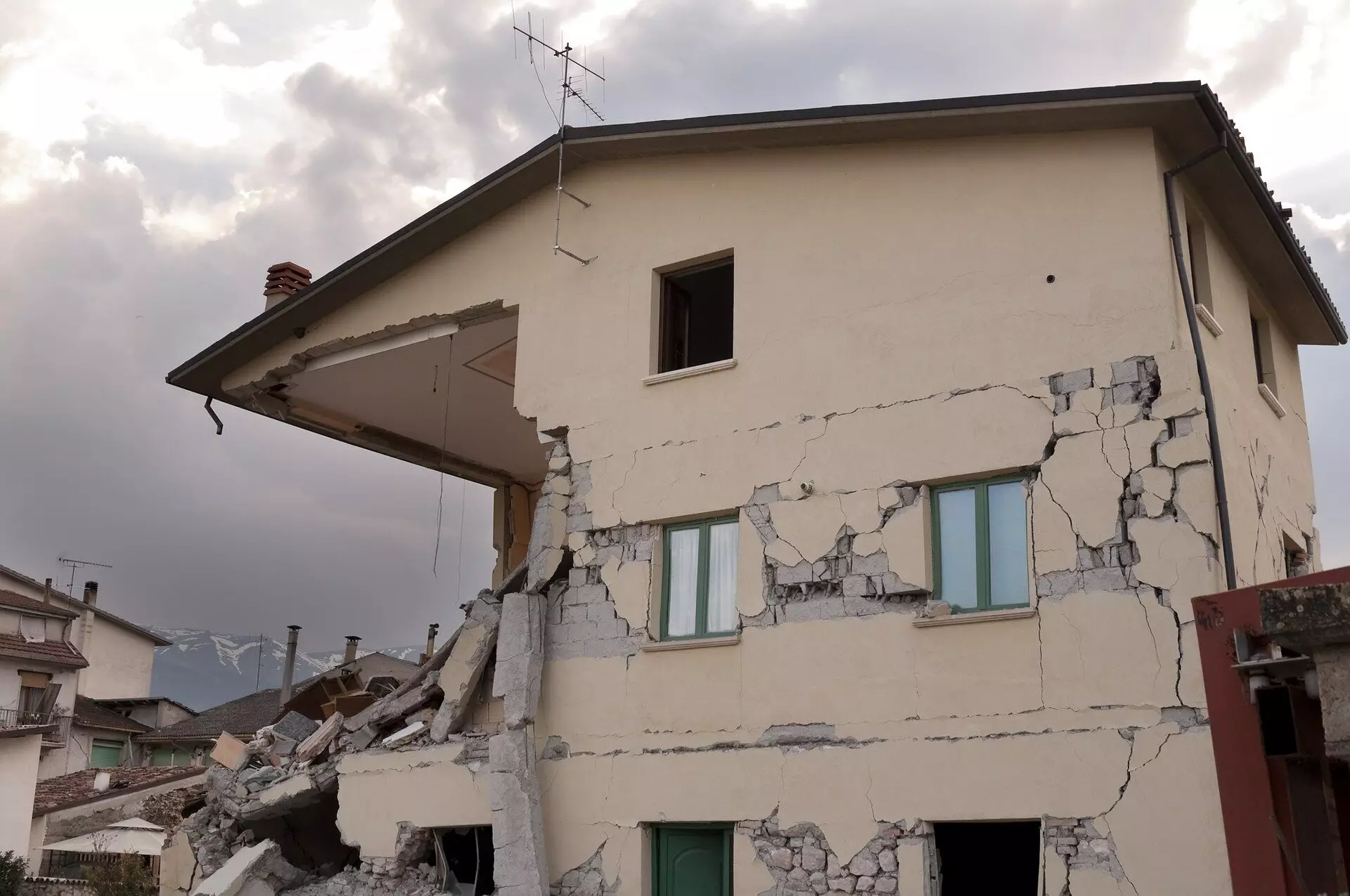Seismic sciences often grapple with the unpredictable nature of earthquakes. While the aftermath of significant seismic events is well understood—characterized by aftershocks—less attention is paid to the seismic activity that precedes large earthquakes. A growing body of research is now focusing on the patterns of precursory seismic activity, notably through a framework known as the Precursory Scale Increase (PSI). This highlights a critical area in earthquake forecasting that has been largely overlooked, opening the door to potentially more accurate predictions.
PSI refers to a noticeable escalation in the frequency and intensity of earthquakes leading up to a major seismic event. This phenomenon underscores a critical shift in the tectonic stresses in a specific locale. The implications of PSI are profound, suggesting that these precursors could serve as vital indicators of upcoming earthquakes. The EEPAS (Every Earthquake a Precursor According to Scale) model leverages statistical relationships among these precursors to predict major earthquakes that could occur in the medium term, spanning a timeline from several months to a few decades. This is particularly relevant in regions like New Zealand, where such knowledge can significantly enhance public safety measures and preparedness.
Despite the promising framework provided by PSI, the analysis of these precursors is still in its infancy. Historically, the identification of PSI relied on intricate and often manual methods that proved inefficient for widespread application. This limitation points to a need for a more refined approach to not only identify these precursors reliably but also to understand their relationship with the timing and scale of potential earthquakes.
Recent advancements by scientists, particularly Dr. Annemarie Christophersen and her team, have introduced automated algorithms for detecting PSI from earthquake catalogs. Through these algorithms, researchers are now able to extract more accurate data regarding the scale and timing of precursors for various major earthquakes. The application of these models to both real and simulated earthquake data has unveiled multi-faceted PSI patterns that showcase a balance between area and time, thus reinforcing the credibility of the earlier subjective assessments that fed into the EEPAS model.
Dr. Christophersen’s research not only deepens our understanding of the gradual build-up to significant seismic events but also signals the next steps for improved forecasting methodologies. By incorporating these findings into the existing EEPAS framework, the potential for enhancing earthquake predictions could be significantly realized. This progression is essential, especially for regions prone to seismic disruptions, as it not only aids in the scientific understanding of seismic patterns but also directly contributes to the National Seismic Hazard Model, fostering both community awareness and preparedness strategies.
Ultimately, as researchers continue to unveil the complexities of earthquake precursors, the hope is that enhanced predictive models will mitigate risks and save lives in seismic hotspots worldwide.

